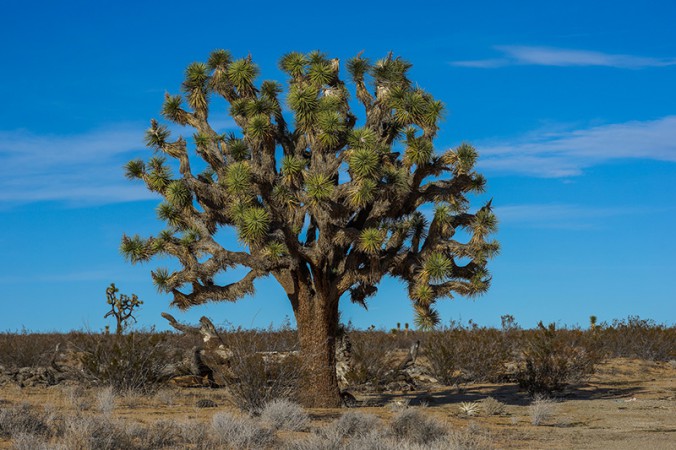No doubt – trees are feats of architectural and engineering excellence among nature’s greatest achievements. Trees – and of course forests – are found in all regions of the Earth capable of sustaining plant growth. At altitudes up to the snow line, except where it is too dry, or where fire frequency is too high, or where the environment has been altered by natural disturbance or human activity.
Remarkably nature has gifted trees with the ability to survive in extreme weather conditions – from sub zero temperatures to dry scorching deserts. Trees grow in polar regions in Siberia, Alaska and Canada, where the ground can be frozen down to ten metres during periods of the year. By contrast in the Mojave desert of California, one of the hottest and driest places on the planet, the ten metre tall, 1000 year old Joshua tree1 survives because of its spreading, deep penetrating roots reaching down to suck up any available moisture.
It is thought that trees and forests cover about four billion hectares – about 30 per cent of the world’s land surface2. However, the importance of forests stretches far beyond their boundaries, because forests help to regulate the planet’s climate. For example, according to the United Nations Food and Agricultural Organization they store nearly 300 billion tonnes of carbon in their living parts – roughly 40 times the annual Greenhouse gas emissions from fossil fuels.
2. State of the World’s Forests 2012 , Food and Agriculture Organization of the United Nations, Rome 2012.
